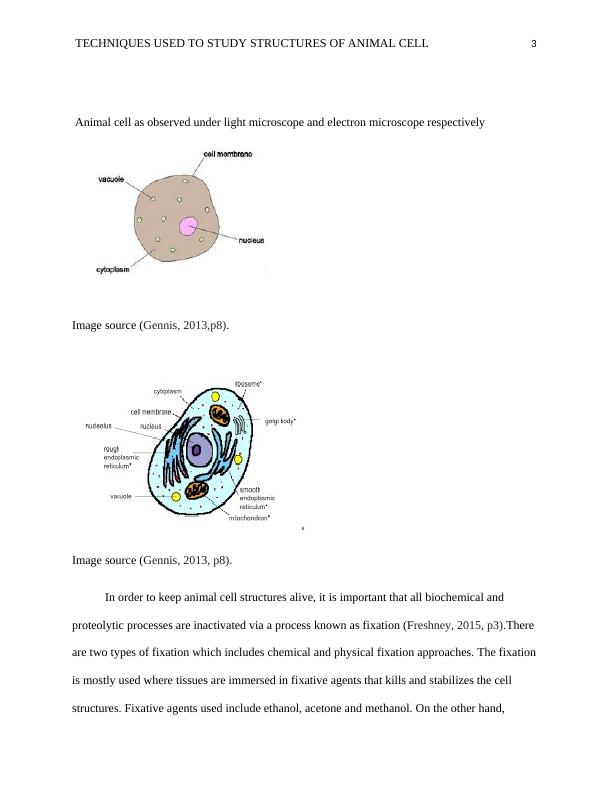Techniques Used to Study Structures of Animal Cell
Describe techniques used to observe and study structures in an animal cell, including specimen preparation, cell structure and function, and modern biology techniques.
6 Pages1101 Words340 Views
Added on 2023-06-03
About This Document
This article discusses the various techniques used to study animal cell structures, including microscopy, staining techniques, and cell fractionation. It covers the differences between light and electron microscopes, the process of fixation, and the steps involved in cell fractionation. The article also provides an overview of staining techniques and their applications.
Techniques Used to Study Structures of Animal Cell
Describe techniques used to observe and study structures in an animal cell, including specimen preparation, cell structure and function, and modern biology techniques.
Added on 2023-06-03
ShareRelated Documents
End of preview
Want to access all the pages? Upload your documents or become a member.
Biochemistry Name of the University Author
|18
|2748
|113
Tissue and Organ Staining Assessment Practical
|11
|2350
|261
Cell Biology: Structure and Function of Cells
|10
|1391
|93
Electron Microscopy Of Subcellular Structure
|9
|2408
|169
Study on Massons Trichrome (MT) Procedure
|5
|1040
|94
Assignment on Lab Report - 1
|7
|1422
|19



